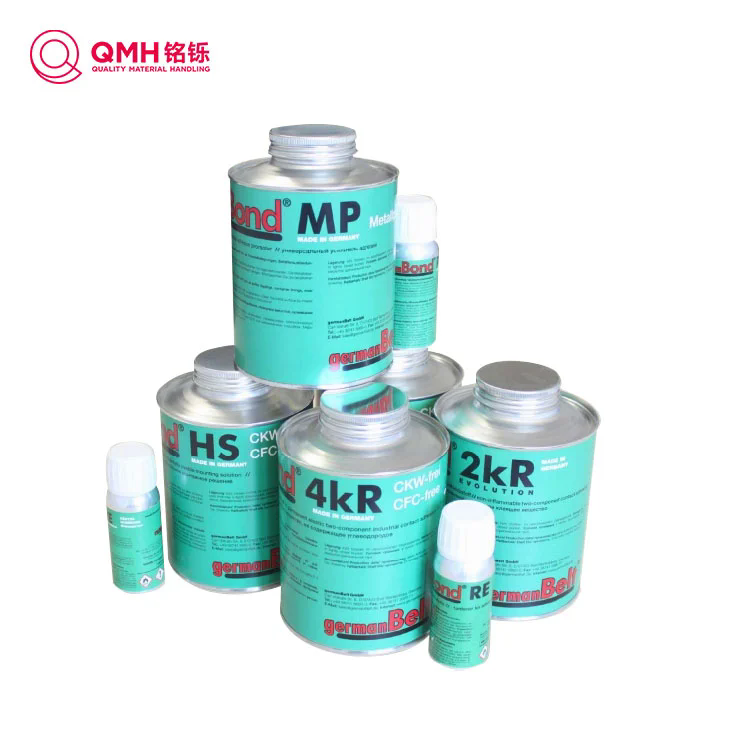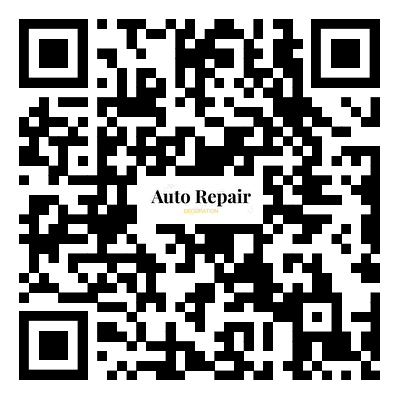How Does a Bend Pulley Improve Conveyor Belt Efficiency?
2025-10-09
A Bend Pulley is a vital component within a conveyor belt system, designed to redirect or guide the belt around the conveyor structure while maintaining tension and ensuring smooth motion. Typically located at the tail end or in the return section of the conveyor, the bend pulley allows the belt to change its running direction by up to 180 degrees. This redirection helps maintain proper tension and contact between the belt and the drive pulley, optimizing overall power transmission and extending system lifespan.
In a typical belt conveyor layout, bend pulleys play multiple roles: they alter belt direction, increase belt wrap around the drive pulley to improve traction, and support the return path. The performance and longevity of your conveyor belt system largely depend on the design, material, and alignment of the bend pulley used.
The key features of a bend pulley include:
-
Smooth Belt Direction Change: Redirects the belt without slipping or excessive wear.
-
Improved Traction: Increases the angle of wrap for enhanced power transfer.
-
Tension Control: Maintains consistent belt tension for optimal load handling.
-
Structural Support: Provides stability and alignment for the return belt section.
The correct use of a bend pulley minimizes vibration, reduces belt wear, and prevents misalignment—common issues that often cause premature conveyor downtime. Understanding how this component functions allows engineers and operators to achieve maximum reliability from their conveyor systems.
How to Choose the Right Bend Pulley for Your Conveyor System
Selecting the proper bend pulley requires a balance of engineering precision and operational understanding. Several factors influence the ideal pulley configuration, from the belt’s tensile strength to the conveyor’s load type and operating environment.
Here are the main parameters and material considerations to guide your selection:
| Parameter | Specification | Description |
|---|---|---|
| Pulley Diameter | 250 mm – 2000 mm | Larger diameters reduce belt bending stress and extend belt life. |
| Pulley Face Width | Belt width + 50 mm | Provides proper belt tracking and edge protection. |
| Material | Mild Steel, Stainless Steel, or Alloy Steel | Selected based on load, environment, and corrosion resistance needs. |
| Surface Finish | Smooth / Rubber Lagged / Ceramic Lagged | Lagging enhances friction, minimizes slippage, and improves drive efficiency. |
| Bearing Type | Spherical Roller Bearing | Provides high load capacity and misalignment tolerance. |
| Balancing Grade | ISO G6.3 or better | Ensures vibration-free operation at higher speeds. |
| Application | Return Belt, Take-up Pulley, Tail Pulley | Different roles require specific surface and diameter configurations. |
Material Choice:
-
Mild Steel Pulley: Ideal for general conveying applications with moderate loads.
-
Stainless Steel Pulley: Recommended for corrosive or food-grade environments.
-
Ceramic Lagged Pulley: Provides superior grip under high-tension conditions.
Design Considerations:
When choosing a bend pulley, engineers should consider the angle of wrap, shaft size, load capacity, and rotational speed. In high-load or continuous operations, pulleys with precision dynamic balancing are essential to avoid resonance and shaft fatigue.
Lagging Type Selection:
-
Plain Rubber Lagging: Economical and effective for most applications.
-
Diamond Groove Lagging: Enhances grip and water dispersion.
-
Ceramic Lagging: Offers the highest traction and durability, especially for heavy-duty systems.
Selecting the correct pulley not only boosts system efficiency but also reduces maintenance costs, especially when paired with the right Repair Materials for Conveyor Belt, which help maintain belt surface integrity and adhesion during long-term operations.
How Does Maintenance Impact the Performance of Bend Pulleys?
Proper maintenance of a bend pulley can significantly improve the longevity of your conveyor system. Neglecting this component often leads to belt slippage, uneven tension, and even complete system failure. Therefore, understanding preventive maintenance strategies is crucial for operational stability.
Maintenance Tips for Bend Pulleys:
-
Regular Inspection: Examine pulley alignment and surface wear every 500 operational hours. Misaligned pulleys accelerate belt edge wear and reduce traction.
-
Bearing Lubrication: Maintain optimal lubrication schedules based on operating temperature and load conditions. Insufficient lubrication leads to bearing failure.
-
Surface Cleaning: Remove accumulated material or dust to prevent uneven belt contact.
-
Lagging Check: Monitor lagging surface integrity. Replace worn lagging to sustain belt grip and reduce slippage.
-
Tension Adjustment: Use a tension gauge to verify belt tightness. Over-tensioning causes bearing stress, while under-tensioning promotes slippage.
-
Balancing Verification: Ensure the pulley remains dynamically balanced after maintenance or replacement.
Failure Modes and Solutions:
-
Belt Slippage: Replace worn lagging and increase belt wrap angle.
-
Noise and Vibration: Check for imbalance or misalignment.
-
Belt Tracking Issues: Realign the pulley to the conveyor centerline.
By implementing a routine maintenance plan and using proper Repair Materials for Conveyor Belt, such as cold vulcanizing compounds and patching agents, operators can restore belt integrity quickly and prevent extended downtime.
How to Extend the Lifespan of Your Conveyor System Using Bend Pulleys
Maximizing the life of your conveyor system depends not only on the quality of the belt and drive pulley but also on how efficiently the bend pulley operates. A well-designed and maintained bend pulley can reduce the total cost of ownership by minimizing unplanned maintenance and ensuring energy-efficient operation.
Best Practices to Enhance Conveyor Longevity:
-
Use Precision-Engineered Components: Always select pulleys that comply with ISO or CEMA standards.
-
Monitor Load Distribution: Uneven loading causes premature wear on the belt and pulley surfaces.
-
Invest in Quality Repair Materials: When belt damage occurs, prompt use of professional-grade Repair Materials for Conveyor Belt helps restore performance and prevents further degradation.
-
Ensure Proper Belt Tracking: Misalignment increases friction, heat, and wear. Utilize tracking systems and guide rollers.
-
Upgrade to Advanced Lagging Materials: Ceramic or diamond-patterned lagging can improve traction and lifespan under harsh conditions.
Environmental Considerations:
Bend pulleys in mining, cement, and quarry operations often face high humidity, dust, and abrasive materials. Using corrosion-resistant materials and sealed bearings protects against contamination. Stainless steel or coated pulleys can endure these harsh environments and maintain operational stability for years.
Energy Efficiency Factors:
A properly designed bend pulley reduces belt tension and frictional loss, contributing to energy savings. By improving belt contact with the drive pulley, it minimizes power consumption, directly lowering operational costs.
FAQs: Repair Materials for Conveyor Belt
Q1: How often should Repair Materials for Conveyor Belt be applied in a maintenance routine?
A1: The frequency depends on operational intensity. For heavy-duty conveyor systems, it’s recommended to inspect and reapply repair materials every three to six months or immediately after detecting any belt surface damage. Regular minor repairs prevent costly replacements and maintain belt strength.
Q2: What type of Repair Materials for Conveyor Belt provides the best adhesion and durability?
A2: Cold vulcanizing repair materials with high tensile bonding agents are the most effective. These compounds bond instantly with rubber substrates, resist abrasion, and withstand continuous flexing. For severe damage, reinforced rubber patches combined with adhesive primers ensure long-lasting restoration.
Enhancing Conveyor Reliability with QMH
A Bend Pulley is more than just a guiding component—it’s a cornerstone of conveyor efficiency, durability, and performance. From precise alignment to the selection of advanced lagging materials, each design element directly influences the system’s reliability and cost-effectiveness. When integrated with quality Repair Materials for Conveyor Belt, maintenance becomes simpler, downtime is minimized, and productivity increases.
At QMH, we specialize in manufacturing high-performance conveyor components, including bend pulleys engineered for demanding industrial environments. Each pulley undergoes strict quality control to ensure consistent performance, durability, and safety.
If you’re looking to enhance your conveyor system’s reliability or upgrade your current setup with precision-engineered bend pulleys, contact us today. Our expert team at QMH will provide the best solutions tailored to your operational needs and help you achieve lasting performance in every conveyor system you run.


